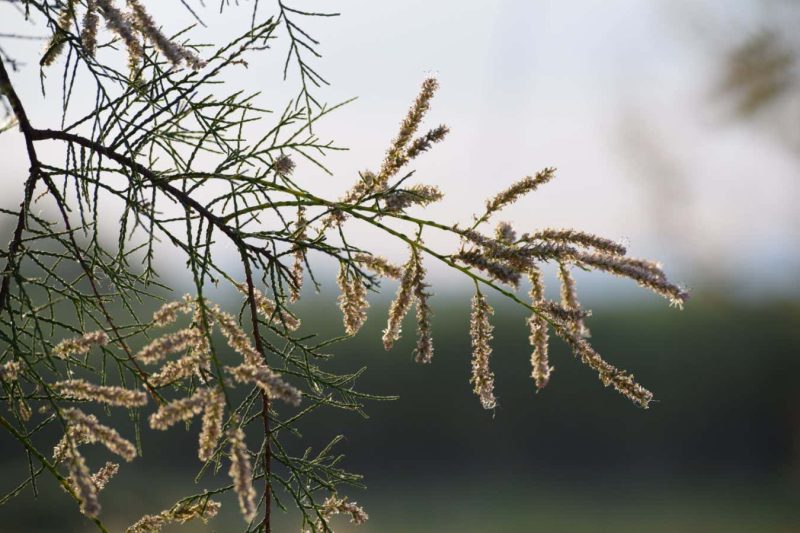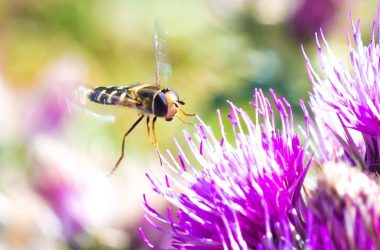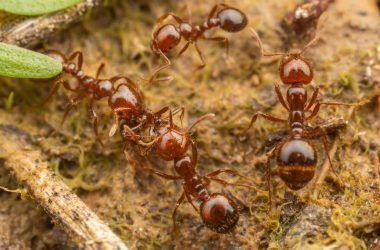Introduction
In the dry climate of the Middle East, an evergreen desert shrub called the Athel tamarisk has a unique survival technique. It excretes salt crystals onto its leaves, which may help the plant absorb moisture from the air. This plant, known as a recretohalophyte, has adapted to live in extremely salty soil and has developed ingenious ways to thrive in the arid environment.
Excreting Salt on Leaves
The Athel tamarisk takes in saline water through its roots and uses it for nourishment. However, it excretes the remaining concentrated saltwater onto its leaves. Researchers, including Panče Naumov from New York University Abu Dhabi, were curious about what happens to this water after it is excreted.
Water Absorption Mechanism
Initially, it was hypothesized that the droplets of saltwater would water the plant’s roots. However, time-lapse videos showed that the droplets actually stick to the surface of the leaves instead of falling. This led the researchers to investigate how the excreted saltwater aids in water absorption.
X-Ray Analysis
The researchers collected salt samples from the tamarisk leaves growing in Abu Dhabi at different times of the year. X-ray analysis revealed that the samples mainly consisted of sodium chloride, but they also contained over ten different salt compounds.
Testing Salt Adhesion
To understand how the salt stays on the leaf’s surface, the researchers created a wax model using extract from the tamarisk plant. They found that while larger salt crystals easily fell off, smaller lithium sulphate crystals remained stuck. It was observed that salt with lithium sulphate crystals absorbed water across a wider range of humidity compared to sodium chloride alone.
Mechanism for Water Absorption
Based on their findings, the researchers propose that the Athel tamarisk has two mechanisms for obtaining water from salty soils. During the hotter, drier days, the plant takes in water through its roots. Then, during the cooler, more humid nights, it utilizes the excreted salts on its leaves to absorb additional water. This dual mechanism allows the plant to work in synergy, ensuring its survival in the desert environment.
Possible Applications
Even if the plant does not directly use the water absorbed by the salt on its leaves, the salt compounds could have practical applications. They could be utilized in systems that harvest water from the air or in cloud seeding to induce rainfall.
Expert Opinion
Maheshi Dassanayake, a researcher at Louisiana State University, finds the idea of the plant using excreted water plausible. However, she questions the lack of mechanistic evidence on how the plant utilizes the water absorbed by the salt on its leaves. Further research is needed to fully understand this mechanism.








